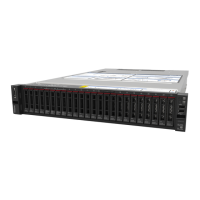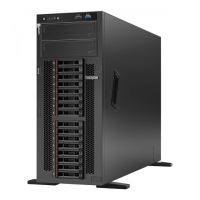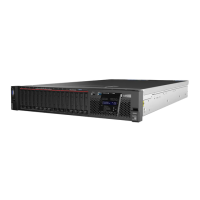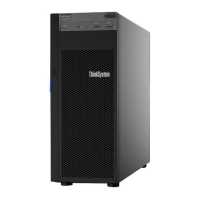Physical Presence State
• Hardware Physical
Presence
Asserted
• Remote Physical
Presence
Asserted
• Hardware and
Remote Physical
Presence are
Asserted
• De-asserted
If Hardware Physical Presence Jumper is Asserted, the
only way to de-assert Physical Presence is to change the
jumper on the planar.
Asserting allows Physical Presence to be set for a
duration listed in minutes even if Hardware Physical
Presence Jumper is not asserted. Asserting does not
require a reboot.
Both the Hardware Physical Presence Jumper on the
planar and the Remote Physical Presence are Asserted.
De-asserting turns off Physical Presence (unless the HW
Physical Presence Jumper is asserted). De-asserting
does not require a reboot.
De-asserted is the default setting
Toggle Remote Physical
Presence Assert
N/A Switch the Remote Physical Presence between Assert
and De-assert when "Physical Presence Policy" is
enabled.
The option is NOT modifiable when "Physical Presence
Policy" is disabled.
Secure Boot Configuration
Item
Options
Description
Physical Presence
• Asserted
• De-asserted
Display the current Physical Presence status.
Physical Presence is a form of authorization to perform
certain security functions. [Asserted] means being
authorized.
”Secure Boot Setting” and “Secure Boot Policy” is
modifiable when “Physical Presence” is asserted.
De-asserted is the default setting
Note: When the setting is De-asserted, the whole page is
grayed.
Secure Boot Status
• Disabled
• Enabled
Display the current secure boot status. Disabled is the
default setting.
Secure Boot Mode
• Setup Mode
• User Mode
System will do secure boot authentication when “Secure
Boot Mode” is [User Mode] and secure boot is enabled.
User Mode is the default setting.
38 ThinkSystem Server with Intel Xeon SP (1st, 2nd Gen) UEFI Manual

